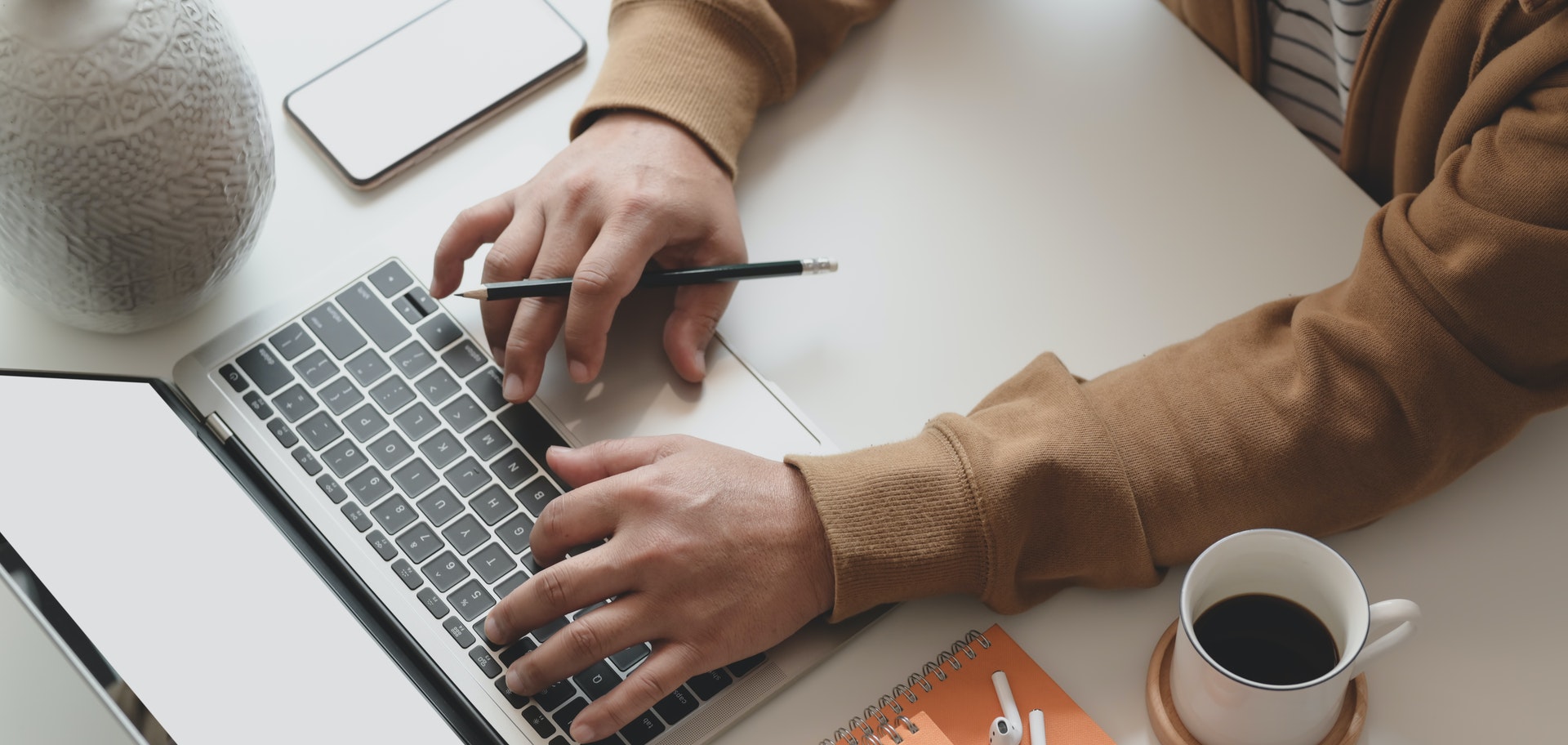At least two universities here are turning to technology to send students into a “lockdown” when they take online examinations – to prevent them from cheating.
At the Singapore Management University (SMU) and Singapore Institute of Technology, students’ browsers are locked such that they are not able to access other websites or capture screenshots until they have completed the exam.
Before the exam, students also have to take short videos of their locations, such as the room and study table. During the exam, they use a webcam to record themselves. An artificial intelligence algorithm tracks their eye movements to determine where and what they are looking at, to deter cheating.
Only the course instructor can review video recordings and the results of the proctoring – or invigilating – session and video segments, after the exam. Potential violations, if any, are flagged.
At the National University of Singapore, a spokesman said it has put in place measures, such as online proctoring, to preserve the integrity of online assessments.
Universities have moved lessons and exams online because of the coronavirus outbreak and circuit breaker measures.
Online exams at SMU have been running since Monday last week, and will end today.
An SMU spokesman told The Straits Times the university has been using such an assessment tool since two years ago, but on a much smaller scale. It was mainly to support students who were unable to take their tests on campus because of illnesses, for example.
“We have scaled it up this round to facilitate online undergraduate and postgraduate closed-book exams. More than 100 instructors have used the tool in the past week,” said the spokesman.
Associate Professor Lieven Demeester, who teaches business modules at SMU, said he used the tool for the first time at the start of the month to conduct a 2½-hour exam for 40 students.
“I gave them instructions in advance on what I wanted to see in their videos – my own view of a secure work environment. I asked them to show the underside of their tables and chairs, and to film their pockets so I could make sure they didn’t have anything in them,” Prof Demeester told ST.
He later scrolled through the videos of all 40 students, which took him about 1½ hours. There was a set of thumbnails of students taken at various intervals, he added.
“I don’t watch every second of every video. The program identifies major changes and highlights parts where someone is moving or someone else comes into the frame, but these are rare occurrences.”


